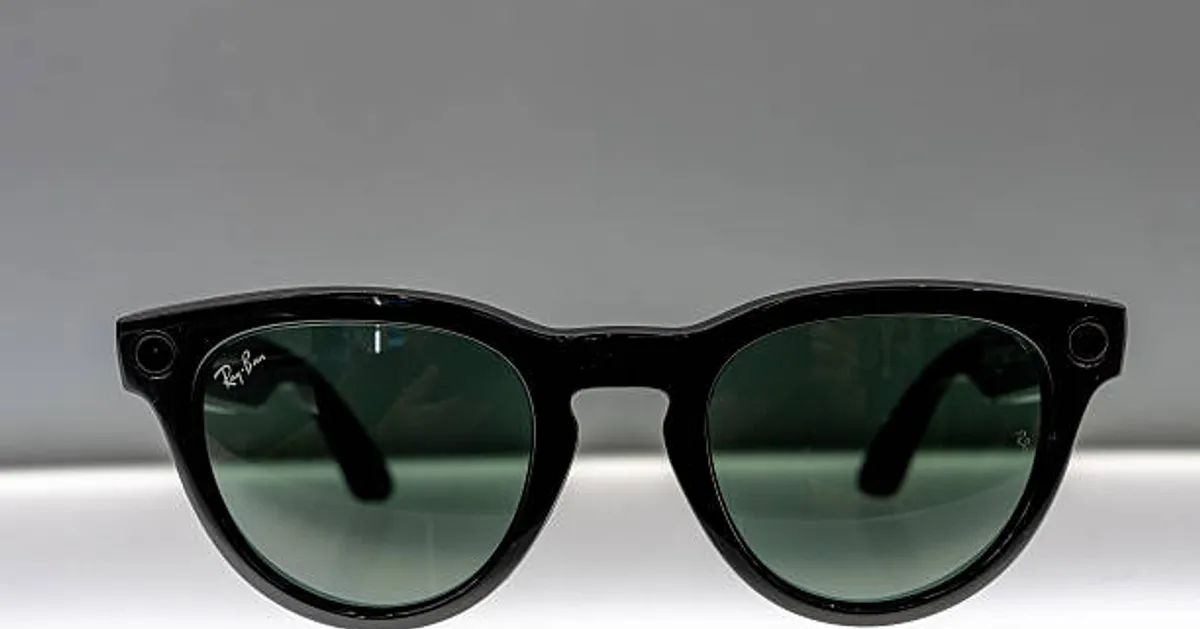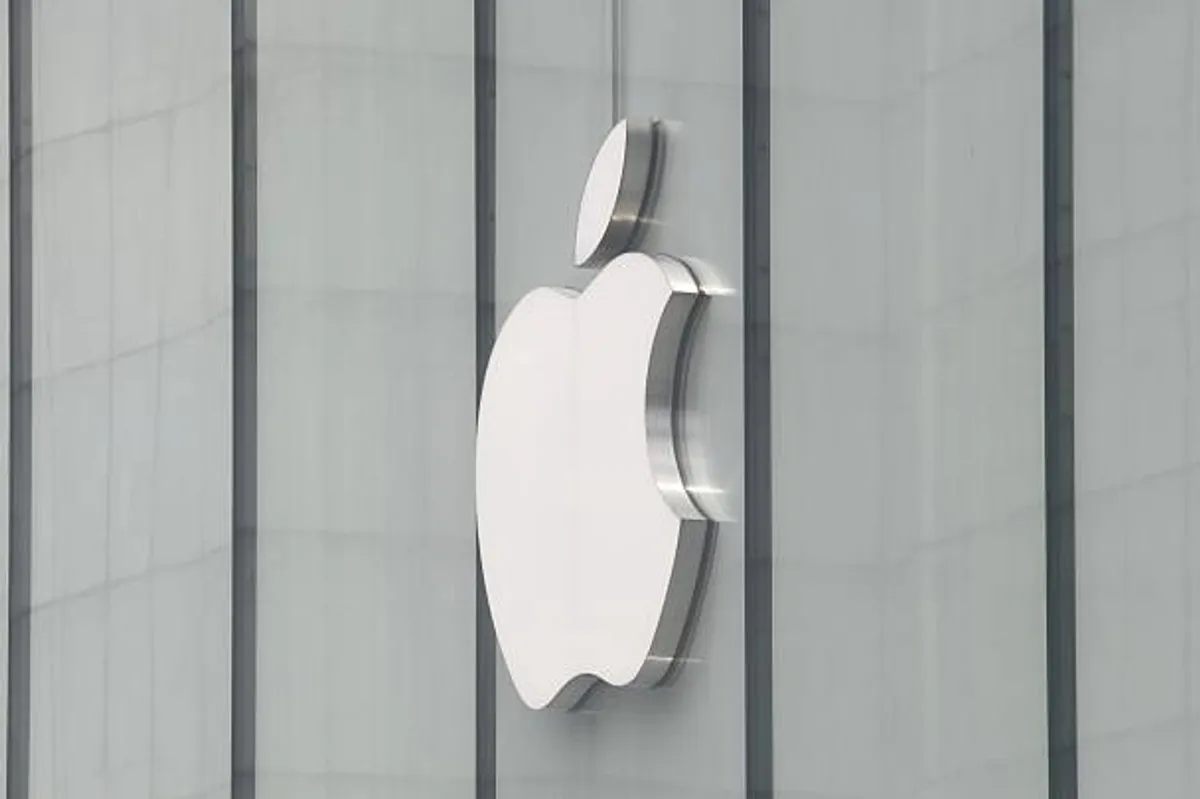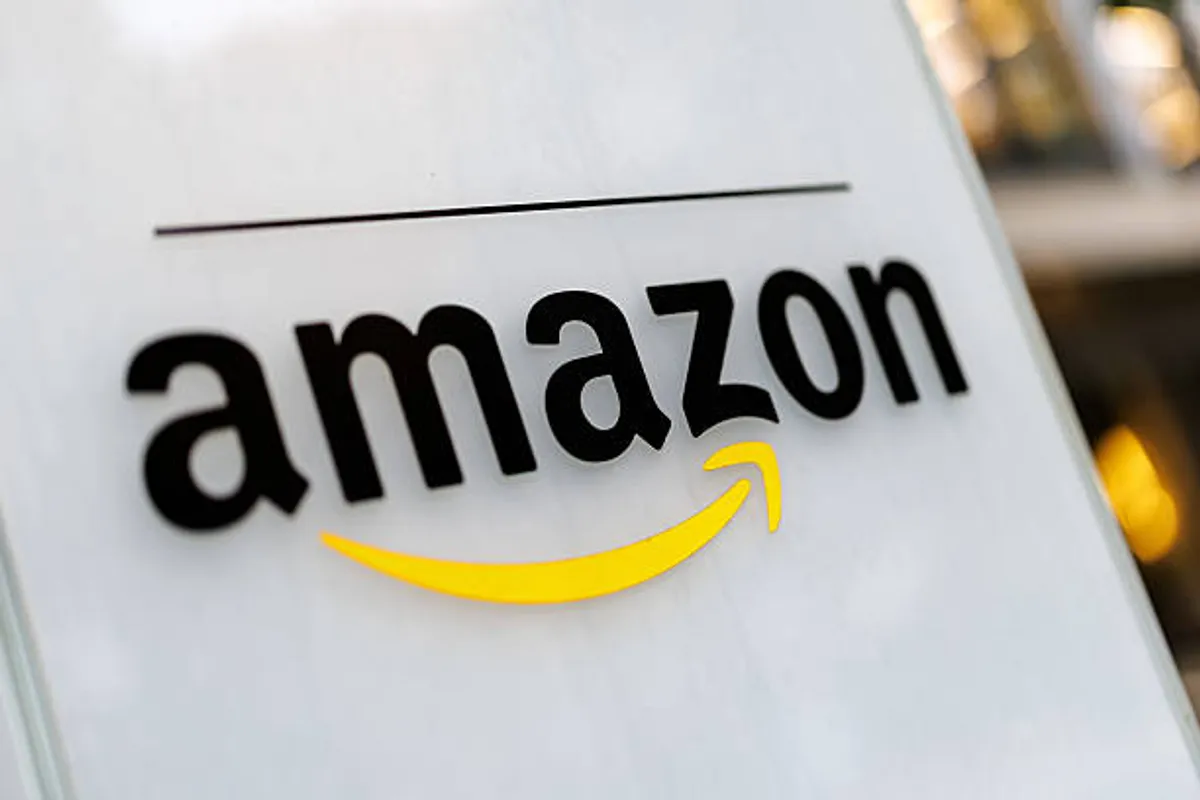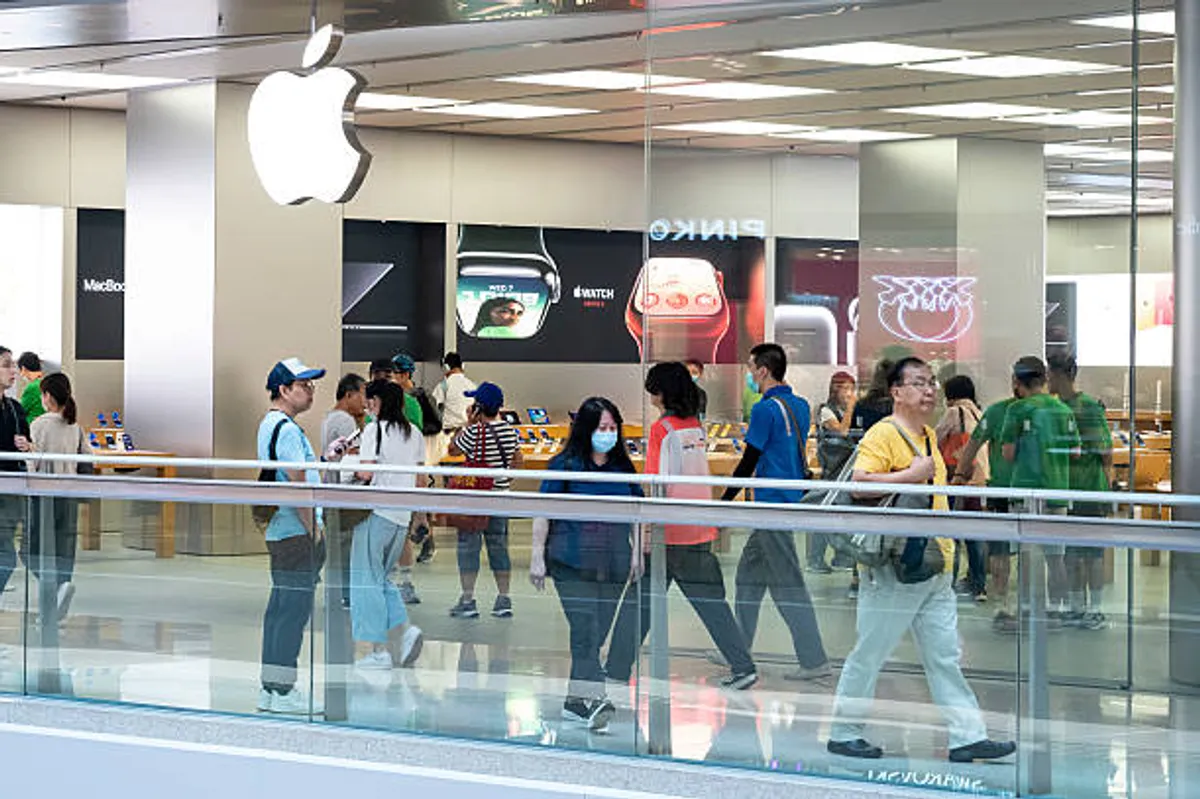
Meta’s Smartglasses Generate Big Buzz, But the Market Remains Niche

GeokHub
Contributing Writer
New York, Nov. 25, 2025 — Meta’s latest smartglasses are drawing strong attention this holiday season, especially from early adopters. The standout model, the Ray-Ban Display, features a tiny visual screen in one lens, ties into AI, and is controlled via a gesture-sensing bracelet.
Despite that excitement, the smartglasses remain a specialty item. At $799 (before prescription lenses), they’re seen by many as too expensive — and not everyone is sold on the comfort or privacy trade-offs of wearing a computer on their face. Still, U.S. sales have surged: smartglasses adoption has tripled over the past year, according to market research.
Meta’s simpler Ray-Ban smartglasses — which lack a visual display — are more affordable in comparison, with lower-end models priced in the $300–$400 range. These earlier versions have already sold a few million units, and production is set to ramp up significantly.
Check other related news:
US senators urge probe of scam ads on Facebook and Instagram
AI‑Cloud Firm Nebius Secures $3 Billion Deal with Meta Amid Explosive Revenue Growth
Some buyers are willing to pay a premium for Meta’s most advanced model. One teacher, for instance, bought a pair for much more than retail just to use them in class for hands-free, AI-driven interactions. Others, however, are more hesitant: concerns about who could tap into tracking data and whether the glasses will feel heavy over time are common among potential buyers.
Meta and its partner EssilorLuxottica are bullish on the future. But for now, smartglasses are still playing in a relatively small corner of the consumer tech market — a “hot gadget” for a passionate few, rather than everyone’s holiday wish list.








